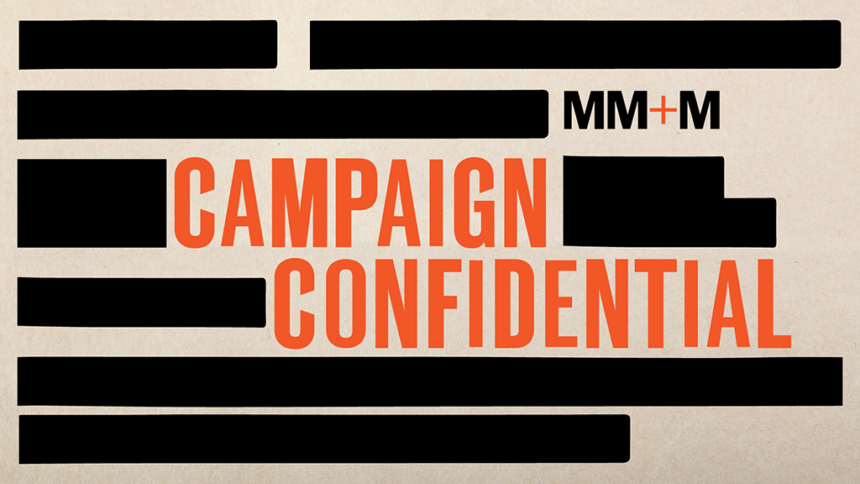Over the past two decades, the rate of suicide has risen by 60% among those aged 10 to 24, according to a 2020 report from the Centers for Disease Control and Prevention. Layered atop that dramatic and concerning trend, the isolating effects of the COVID-19 crisis, with its school closures and mandatory lockdowns, put teens particularly at risk.
They’re the target for a new video series that seeks to connect through a familiar medium — animation — and in so doing, address the feelings of loneliness that can lead young people to take their own lives.
“Suicide is a topic we don’t talk about because it’s so stigmatized, but since 2000 we have seen rates creeping up,” said Dr. James Mazza, a psychology professor at the University of Washington who served as a consultant on the YouTube series, dubbed My Life is Worth Living.
“There isn’t one single cause, although social media and the need for youth to feel like they fit in is one factor,” added Mazza. “I like that we are using those same [mobile] phones and social media to communicate with teens.”
The series, which made its debut in August, was launched by Utah-based non-profit Cook Center for Human Connection and produced by Wonder Media. There are currently three episodes of between four and six minutes apiece, with several more in development. Episodes are slated to be released weekly through year’s end.
The films are designed to support teens, along with mental health helpers like parents and friends, by modeling behavior for adolescents struggling with suicidal thoughts. The storylines show teenage characters who, in the midst of facing difficult issues, turn to someone else for help. That help can come from a variety of sources, from a parent or a friend’s parent to a coach or therapist.
The animation has a clean, contemporary style comparable to anime. That was a deliberate choice.
“We wanted it to have a modern look that teens will be attracted to,” explained Anne Brown, CEO of Cook Center, which she co-founded. “Although, this series isn’t just for a child who is experiencing suicidal ideation. It’s for everyone. It’s designed with amazing storytelling, art and direction, so you are drawn in and want to know more and go to the next episode.”
Viewers may not find the lessons immediately relevant, but that’s also by design, she added. Prevention has to be proactive, because when teenagers decide to take their life, they often carry that out within 24 to 48 hours.
Showing diversity was also important — in both the characters and the issues they face, said Brown. “Suicide knows no race, religion, or socio-economic status, so we are trying to represent as many people and places as possible,” she noted.
In fact, of the 40% of people the CDC found are struggling with a mental health issue, racial/ethnic minorities are among those most at risk.
“What we find in the research is that marginalized populations — students of color, students on the gender spectrum — engage in suicidal behavior more often,” said Mazza. “We wanted to make sure that we were reaching those audiences with higher prevalence rates while also including characters from the majority. This is everyone’s problem.”
Asked how they will know if the campaign has been a success, Brown points to another campaign from Wonder Media focused on child abuse — the “Don’t Touch Me” videos, which have been viewed hundreds of millions of times.
“We want these to be shared widely and accepted,” Brown said. “We want to create a resource that helps everyone, but I have in my mind that 400 million views figure. I’d like to get there in a year.”
The measure of success Mazza has in mind isn’t necessarily a quantifiable one. “People should know that it is OK as a lay person, a non-suicidologist, to have these conversations,” he said. “You will not do harm. Listen, be non-judgmental and support your person.”







